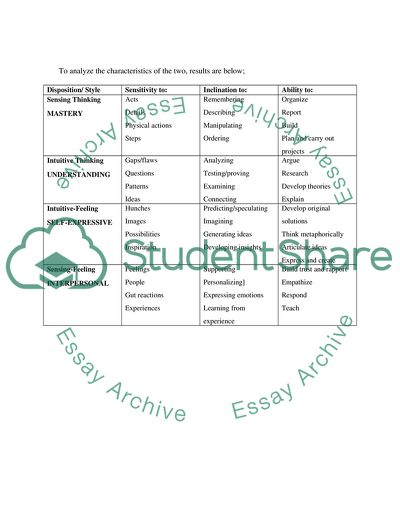Cite this document
(The Assessment Related Principles of Teaching Assignment, n.d.)
The Assessment Related Principles of Teaching Assignment. https://studentshare.org/education/1704954-to-judge-how-fit-a-scheme-of-work-is-for-its-intended-purpose
The Assessment Related Principles of Teaching Assignment. https://studentshare.org/education/1704954-to-judge-how-fit-a-scheme-of-work-is-for-its-intended-purpose
(The Assessment Related Principles of Teaching Assignment)
The Assessment Related Principles of Teaching Assignment. https://studentshare.org/education/1704954-to-judge-how-fit-a-scheme-of-work-is-for-its-intended-purpose.
The Assessment Related Principles of Teaching Assignment. https://studentshare.org/education/1704954-to-judge-how-fit-a-scheme-of-work-is-for-its-intended-purpose.
“The Assessment Related Principles of Teaching Assignment”. https://studentshare.org/education/1704954-to-judge-how-fit-a-scheme-of-work-is-for-its-intended-purpose.


